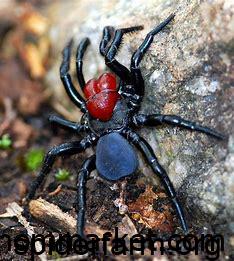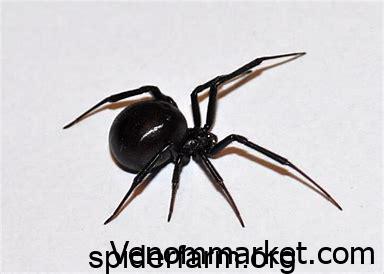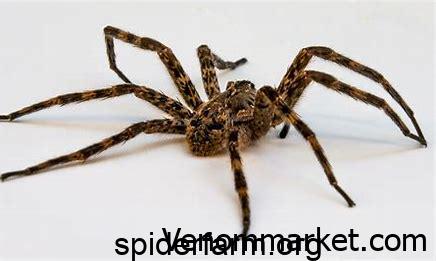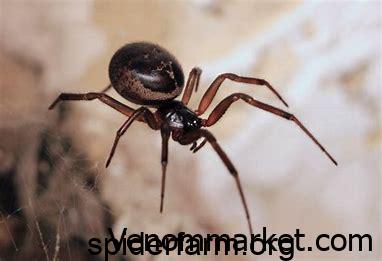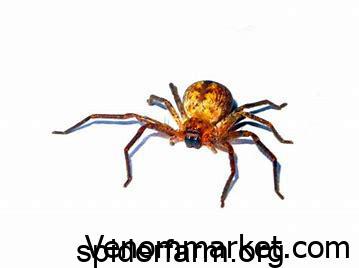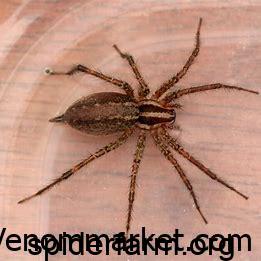Snake Venom
-How Does Snake Venom Work؟
Snake venom is the poisonous, typically yellow fluid stored in the modified salivary glands of venomous snakes. There are hundreds of venomous snake species that rely on the venom they produce to debilitate and immobilize their prey. These toxics substances work to destroy cells, disrupt nerve impulses, or both.

Snakes use their venom cautiously, injecting amounts sufficient to disable prey or to defend against predators. Snake venom works by breaking down cells and tissues, which can lead to paralysis, internal bleeding, and death for the snake bite victim. For venom to take effect, it must be injected into tissues or enter the bloodstream.
?What’s in Snake Venom-
Snake venom is the fluid secretions from the modified salivary glands of venomous snakes. Snakes rely on venom to disable prey and aid in the digestive process. The primary component of snake venom is protein. These toxic proteins are the cause of most of the harmful effects of snake venom. These enzymes aid in the breakdown of carbohydrates, proteins, phospholipids, and nucleotides in prey.
?What’s in Snake Venom-
An additional component of snake venom is polypeptide toxin. Polypeptides are chains of amino acids, consisting of 50 or fewer amino acids. Polypeptide toxins disrupt cell functions leading to cell death.
:Three Main Types of Snake Venom-
Although snake venoms are composed of a complex collection of toxins, enzymes, and non-toxic substances, they have historically been classified into three main types: cytotoxins, neurotoxins, and hemotoxins. Other types of snake toxins affect specific types of cells and include cardiotoxin, myotoxins, and nephrotoxins.
:Three Main Types of Snake Venom-
Cytotoxins are poisonous substances that destroy body cells. Cytotoxins lead to the death of most or all of the cells in a tissue or organ, a condition known as necrosis. Some tissue may experience liquefactive necrosis in which the tissue is partially or completely liquefied. Cytotoxins are usually specific to the type of cell they impact. Cardiotoxins are cytotoxins that damage heart cells. Myotoxins target and dissolve muscle cells. Nephrotoxins destroy kidney cells. Cytotoxins destroy cells by damaging the cell membrane and inducing cell lysis. Most of the observable tissue damage caused by cytotoxins occurs at the site of the bite.
:Three Main Types of Snake Venom-
Neurotoxins are chemical substances that are poisonous to the nervous system. Neurotoxins work by disrupting chemical signals (neurotransmitters) sent between neurons. They may reduce neurotransmitter production or block neurotranmitter reception sites. Other snake neurotoxins work by blocking voltage-gated calcium channels and voltage-gated potassium channels. These channels are important for the transduction of signals along neurons. Snakes of the family Elapidae typically produce neurotoxic venom. These snakes have small, erect fangs and include cobras, mambas, sea snakes, death adders, and coral snakes.

:Snake Venom and Medicine-
In addition to the development of anti-venom, the study of snake venoms and their biological actions has become increasingly important for the discovery of new ways to fight human diseases. Some of these diseases include stroke, Alzheimer’s disease, cancer, and heart disorders. Since snake toxins target specific cells, researchers are investigating the methods by which these toxins work to develop drugs that are able to target specific cells. Analyzing snake venom components has aided in the development of more powerful pain killers as well as more effective blood thinners.
:Snake Venom and Medicine-
Researchers have used the anti-clotting properties of hemotoxins to develop drugs for the treatment of high blood pressure, blood disorders, and heart attack. Neurotoxins have been used in the development of drugs for the treatment of brain diseases and stroke. The first venom-based drug to be developed and approved by the FDA was captopril, derived from the Brazilian viper and used for the treatment of high blood pressure. Other drugs derived from venom include eptifibatide (rattlesnake) and tirofiban (African saw-scaled viper) for the treatment of heart attack and chest pain.




